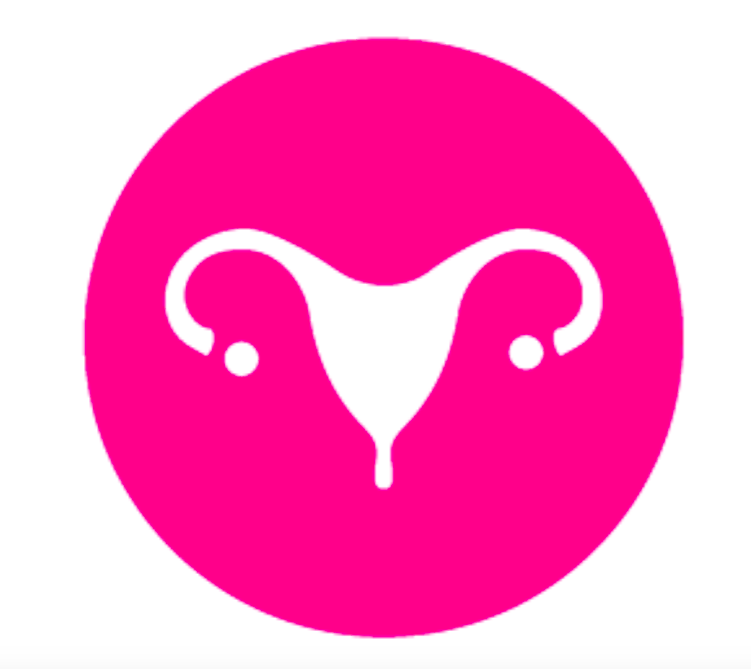Pelvic Organ Prolapse
Conservative management is key
Advance your skills and make a significant impact on the lives of individuals dealing with pelvic organ prolapse. Delve into the intricacies of working with clients managing POP symptoms, pathophysiological mechanisms underlying pelvic organ prolapse, and individualised approach to exercise management.
Write your awesome label here.
Learning Outcomes
1. Understanding pathophysiology of POP and its prevalence in women in Australia
2. Understanding of diagnosis, stages and risk factors of POP
3. Signs & symptoms of POP and when to refer
4. Knowledge of contraindicated exercises for POP, and questioning why
5. Early rehabilitative exercises for POP and how to progress back to functional activity
2. Understanding of diagnosis, stages and risk factors of POP
3. Signs & symptoms of POP and when to refer
4. Knowledge of contraindicated exercises for POP, and questioning why
5. Early rehabilitative exercises for POP and how to progress back to functional activity
Meet the speaker
Esme Soan
Esme has worked as an Accredited Exercise Physiologist with a Women’s Health focus as part of multidisciplinary teams, and now owns & works in her own clinic, Pear Exercise Physiology: Pregnancy & Women's Health in Brisbane.
As co-director of The Women's Health Collective she is passionate about learning & teaching more in Women's Health. Esme is the ESSA Women’s Health Media Expert and has taught webinars and several workshops in the past year on women’s health and exercise for ESSA, NSW Health, Sports Medicine Australia and The Women’s Health Collective.
As co-director of The Women's Health Collective she is passionate about learning & teaching more in Women's Health. Esme is the ESSA Women’s Health Media Expert and has taught webinars and several workshops in the past year on women’s health and exercise for ESSA, NSW Health, Sports Medicine Australia and The Women’s Health Collective.
Patrick Jones - Course author


